The Remnants of Daniel Greysolon’s 17th Century Childhood
In two previous posts, I described how to get to the hometown of our city’s namesake, Daniel Greysolon Sieur Du Luth, and wrote about visiting his childhood home. This final post in the series shows some of the places Daniel Greysolon would have almost certainly been familiar with during his youth in the French town of St.-Germain-Laval. It concludes with a few of the more modern sites of the town.
Before I came across an article describing a trip to his birthplace by someone from Duluth in the 1950s, I didn’t really think of Duluth’s namesake as coming from anywhere at all. I never suspected his childhood home would be still standing because I never considered that he had a childhood home. I probably could have told you he was originally from France, but if I thought of him at all, I only thought of him in terms of his arrival in Duluth. I knew him for one thing he did, not the larger context of who he was.
I noticed that in St.-Germain-Laval it was entirely the opposite. Everyone knew where his house was and that he was a person who had done something of note, but no one seemed to know quite what that thing of note was. Multiple people knew he had a city named after him, seemed maybe even a bit proud of that fact, but they didn’t seem to have any awareness or interest in where that city was. They knew him as a person, not for any particular thing he did.
My own sense of Daniel Greysolon as an abstraction probably comes from the fact that no one actually knows what he looks like and the prominent statue at UMD makes him come across as a bit of a cartoon character. According to Tony Dierckins, the sculptor modeled the statue’s clothes off of costumes from the 1948 film The Three Musketeers. Walking around his hometown took away that sense of abstraction. He no longer seemed like a character from a storybook, an amalgamation of some romantic notion of the French voyageur. He was a specific small town French guy who made his way across the ocean in the 17th century, visited some of the indigenous people in our area, and then two centuries later got a piece of their land named after himself for doing it. And this sequence of events led to two different places being connected by different concepts of the same person. In Duluth, he’s that guy from somewhere in France that the city is named after. In St.-Germain-Laval, he’s the local guy who went out and got somewhere in North American named after him. By showing some of the sites of his childhood, I hope this final post from my trip brings those two stories a bit closer together.
When Eric Chandler went looking for signs of Daniel Greysolon in Montreal, the city where he died, he found a landscape largely changed by time. This is somewhat less the case with the place where he was born. As a town with a consistent population of around 1,600 since census records have been kept, St.-Germain-Laval’s medieval city center remains largely intact. The site descriptions that follow come from the walking self-tour provided by the city and all show places from his lifetime that would have been an easy walk from his childhood home. Most are within a few blocks. The farthest, the 13th century bridge over the Aix River, is half a mile away. The map below shows their location in relation to his house, which is in green at point A. The section title’s for each individual location include a link for the nearest Google Streetview of that site.
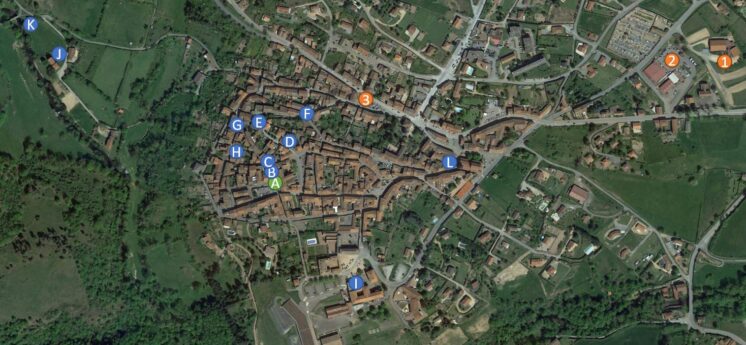
An aerial view of St.- Germain-Laval with letters marking historical sites and numbers marking more recent local places. Daniel’s home is A.
A. Daniel Greysolon’s childhood home
A detailed description of Daniel’s childhood home can be found in my earlier post. I’m including it again here as a reference point for the other locations on the map. None of the sources I could find list its date of construction, describing it simply as “ancient.”
This 15th century house, directly behind Daniels Greysolon’s birthplace, was owned by the Vernins, lords from the nearby town of Crémeaux. In the 18th century, a hotel operated out of the building under the name Le Cheval Blanc, the name used by the restaurant and community space that now operates out of Daniel Greysolon’s childhood home.
The red brick building at the end of Daniel Greysolon’s block is a 16th century house that was the birthplace of three brothers, all historians named Jean. The most famous of them, Jean Papire Masson, wrote about French history and geography and supported King Charles IX and Catherine de Medici. He died 30 years before Daniel was born.
D. The Castle
More a series of feudal buildings constructed around an isolated tower than a true castle, this site dating from 1150 is just around the corner from Daniel’s former house. It was once the location of the town’s prison, a wine press with cellars, and an auditorium.
This church first appears in historical records in 1183. It was restored after the religious wars of the 17th century, including the addition of a bell tower. In 1645, when Daniel was around nine, a new bell was added to the tower with the following inscription: “The virtue of calling the people of God, to repel the hostile attacks of lightning and the devil, to keep away the bad weather of the air and to protect the fruits of the earth.”
In response to losses suffered during the Hundred Years War (1337–1453), the Count of Forez had a rampart constructed around the town at the end of the 14th century. It was originally a kilometer long and consisted of 13 towers and four gates. Of those, only the tower and the portion of wall shown in the photo above remain. The drawing below shows how it appeared in the 15th century.
G. Butchers Row
When Daniel was growing up in St.-Germain-Laval, each street was home to a profession. In 1625, Rue de la Croix had at least 16 different butchers. The name of the preferred butcher of the Greysolon family has been lost to history.
H. Place Artuad De Saint Germain
Just as Duluth was named after Daniel Greysolon, the place where he was born was named after Artaud de St. Germain, the 13th century lord who granted a charter of franchise to the town in 1250. This small square featuring the remains of ancient wells is dedicated to him.
I. Monastery of the Franciscan Recollets
A relative of Daniel Greysolon’s was instrumental in the construction of a monastery in 1624 for the religious order of the Recollets. The short biography of Daniel Greysolon in the city guide notes, “From St. Germain to Montreal where he died, he remained faithful to the Recollets.”
Daniel was around 8 years old when the first monks arrived at the monastery. The French historian who researched Daniel Greysolon’s birthplace in the 1950s speculated that these monks came with stories of overseas missionary work, stories that sparked Daniel’s interest in traveling across the ocean. If the people in the above building had told him different stories, perhaps Duluth would have a different name.
While taking pictures of the former monastery, a heavy hail storm broke out. It’s now a high school and I took refuge in an open passageway along with a couple of students hanging around on that Friday evening. One of the students kept showing me the increasingly large pieces of hail that he was finding. I used my Duluth hoodie and the town history guide I was holding to explain what I was doing there and got my favorite reaction of the trip, which was simply a single word expressed with a mixture of amusement, surprise and disbelief: “No!”
Completed in the 15th century, this chapel houses the statue of the Black Virgin and was a popular pilgrimage site throughout Daniel Greysolon’s childhood.
The arched bridge was completed in 1309 to facilitate construction of the chapel.
While the church where Daniel Greysolon was buried was later turned into a department store, the one where he was likely baptized still holds services on Sundays. Plans for this church began in the 13th century but it wasn’t built and consecrated until 1611. It had been in use for just 30 years when Daniel was born. Four hundred years later, elements have been added and remodeled, but it remains where the Catholics of St.-Germain-Laval attend church today. The next baptisms are scheduled for the first Sunday in July.
Contemporary Sites of St.-Germain-Laval
Including only photos of St. Germain-Laval’s well-preserved medieval center might create the mistaken impression that it is more of a museum than an active town. To counter that, I’m including a few photos of some of its more recent sites.
Like Greysolon Plaza in Duluth, perhaps most people in St.-Germain-Laval know Daniel Greysolon from the prominent building named after him. This community center features a gym with a stage as well as a several rooms for meetings and clubs.
The only supermarket and largest store in St-Germain-Laval sells not only food but also a variety of clothing and household goods, making it a bit of a mini-Walmart.
Outside the supermarket is a 24-hour laundromat, so I suppose it offers even a bit more than Walmart.
A smaller shop for essential groceries is closer to the city center. Outside the convenience store is a community library case where people can take and leave books.
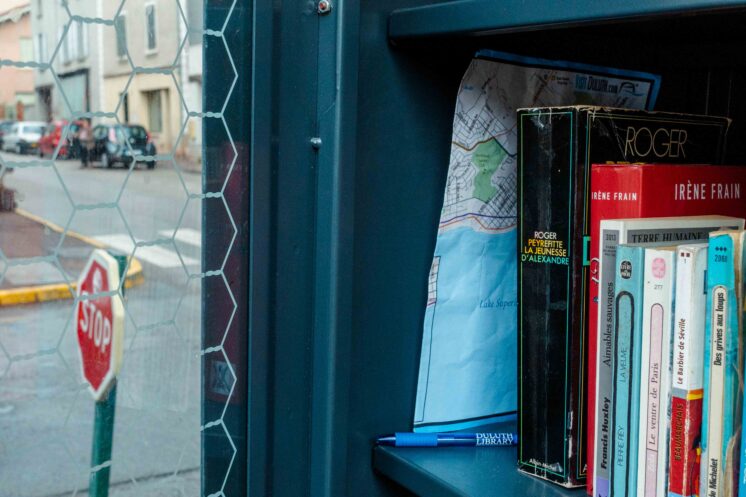
A sample of the current selection in the free library, including a couple of items donated just before the photo was taken.
While this post hopefully gives a general impression of Daniel Greysolon’s birthplace for those in Duluth who might be interested, it doesn’t do anything to give the people of St-Germain-Laval an impression of the city named after the person they all know. But there is a way to address that issue. Why not send your favorite Duluth postcard to the volunteer-run restaurant operating out of the house in which he was born? The people working there seemed quite interested in Duluth when I visited, so maybe they’ll put your postcard up in the corner of the community bulletin board for all to see. Most people at the restaurant seemed comfortable with English, but if you know some French, this could be an opportunity to practice. Postcards, or any other Duluth item of your choosing, can be mailed to the following address:
Le Cheval Blanc
2 Rue Robert Lugnier
42260 Saint-Germain-Laval
France
Don’t forget to use an international stamp.
Recommended Links:
Leave a Comment
Only registered members can post a comment , Login / Register Here


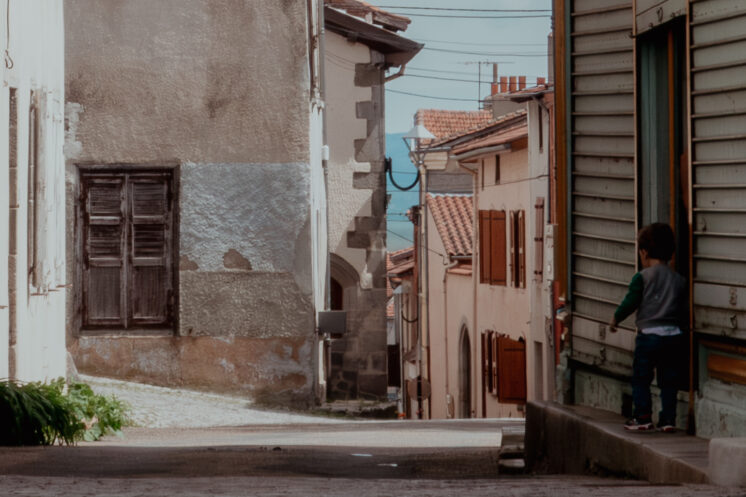
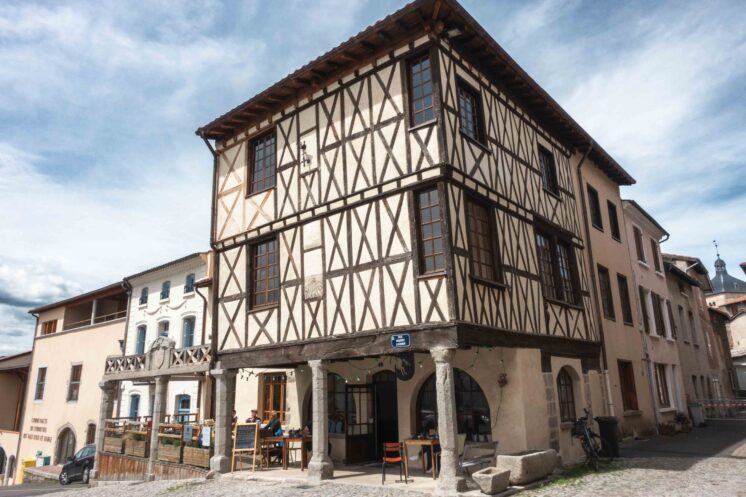

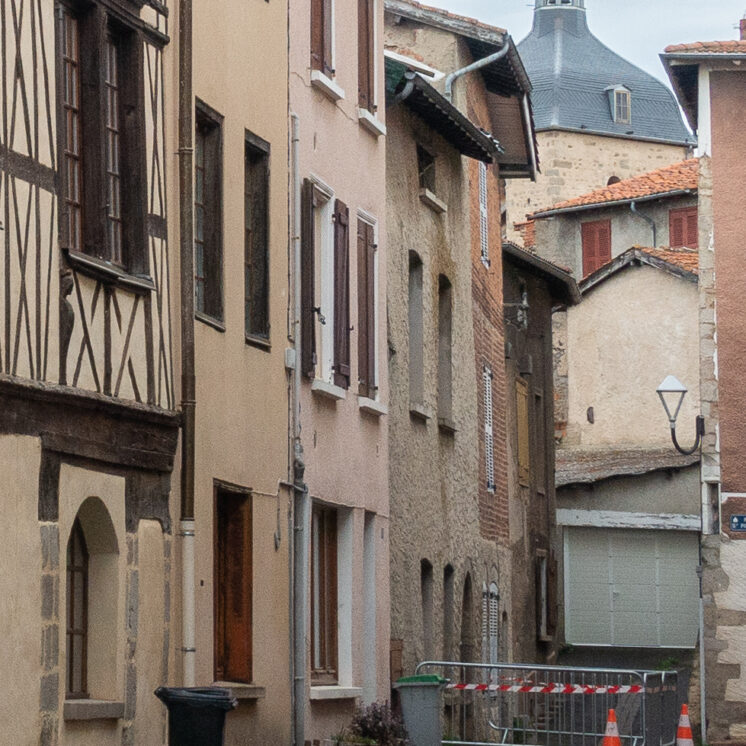
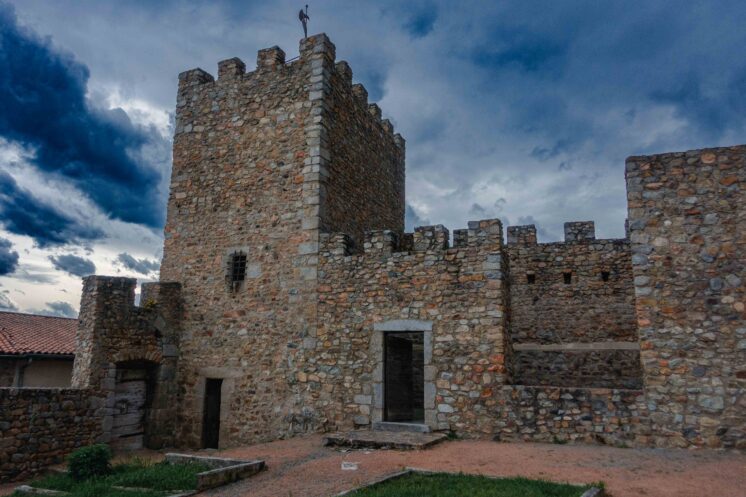
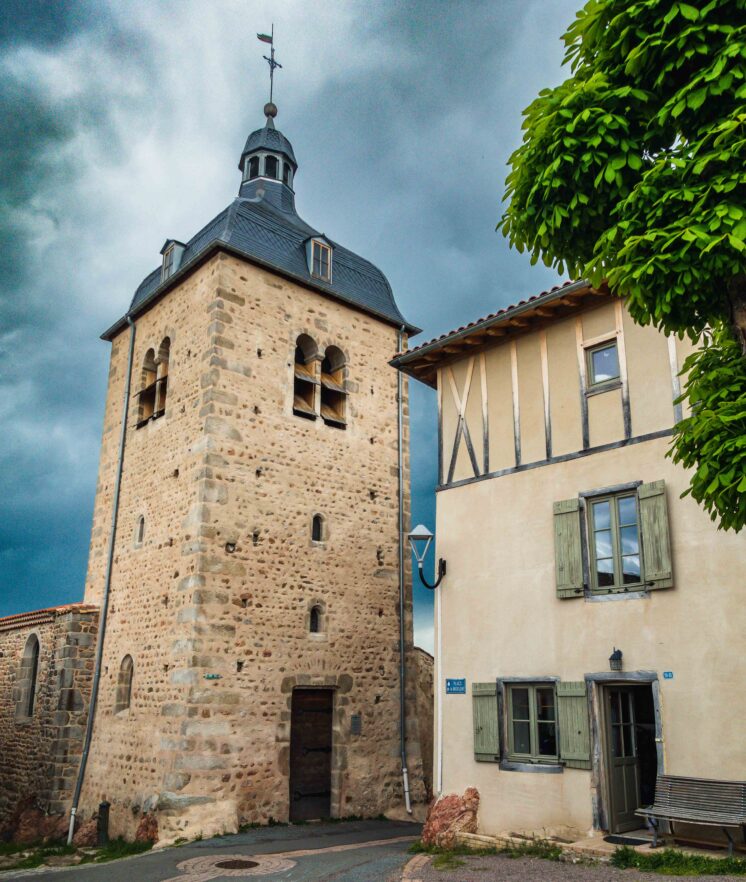
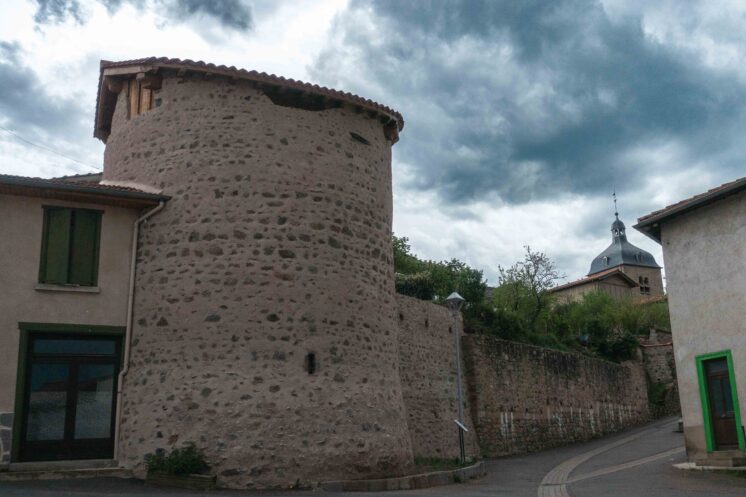
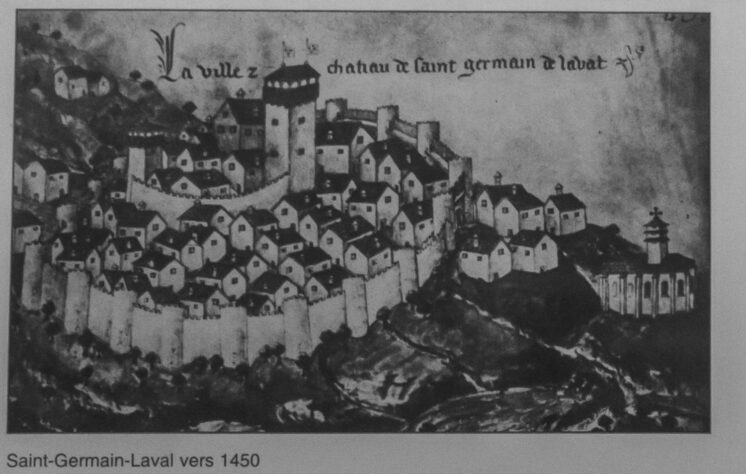
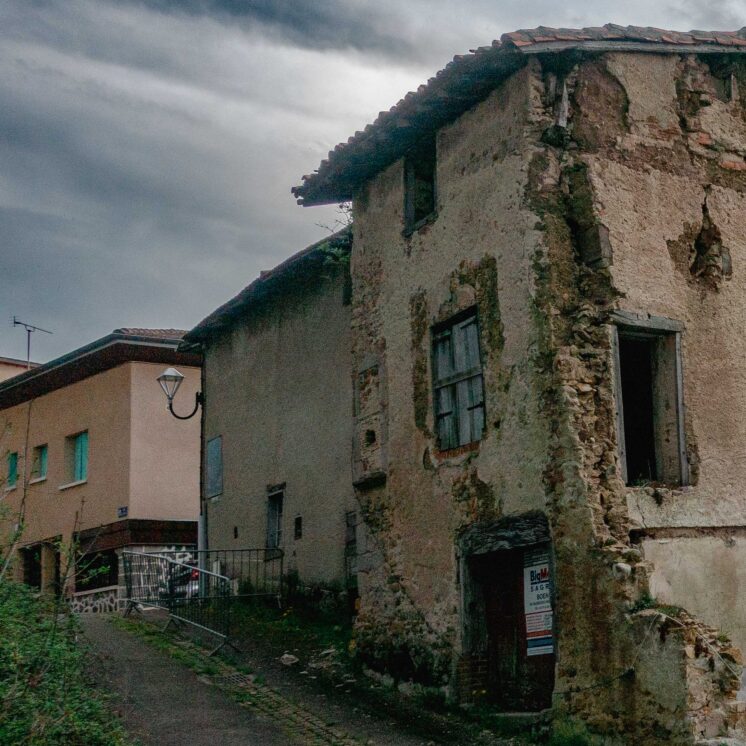
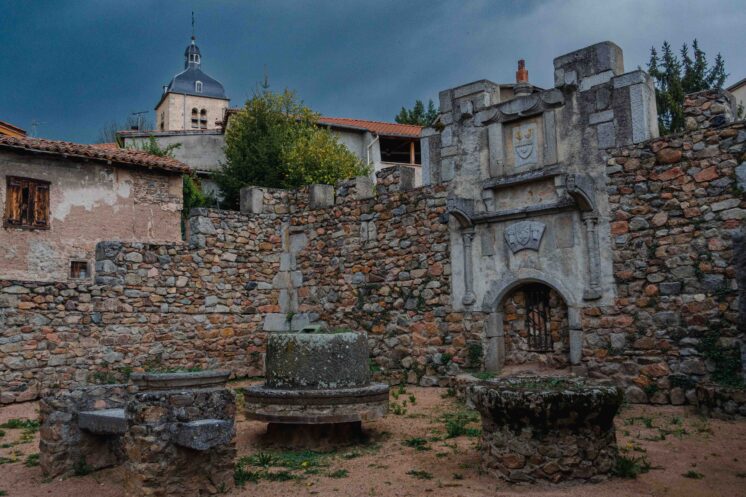
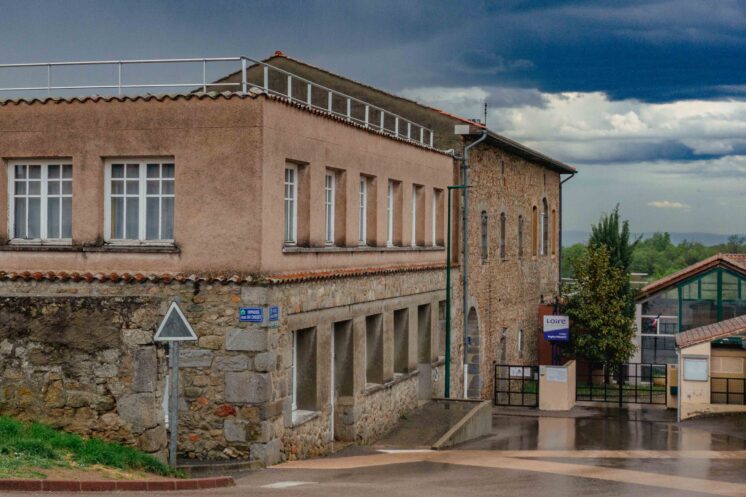
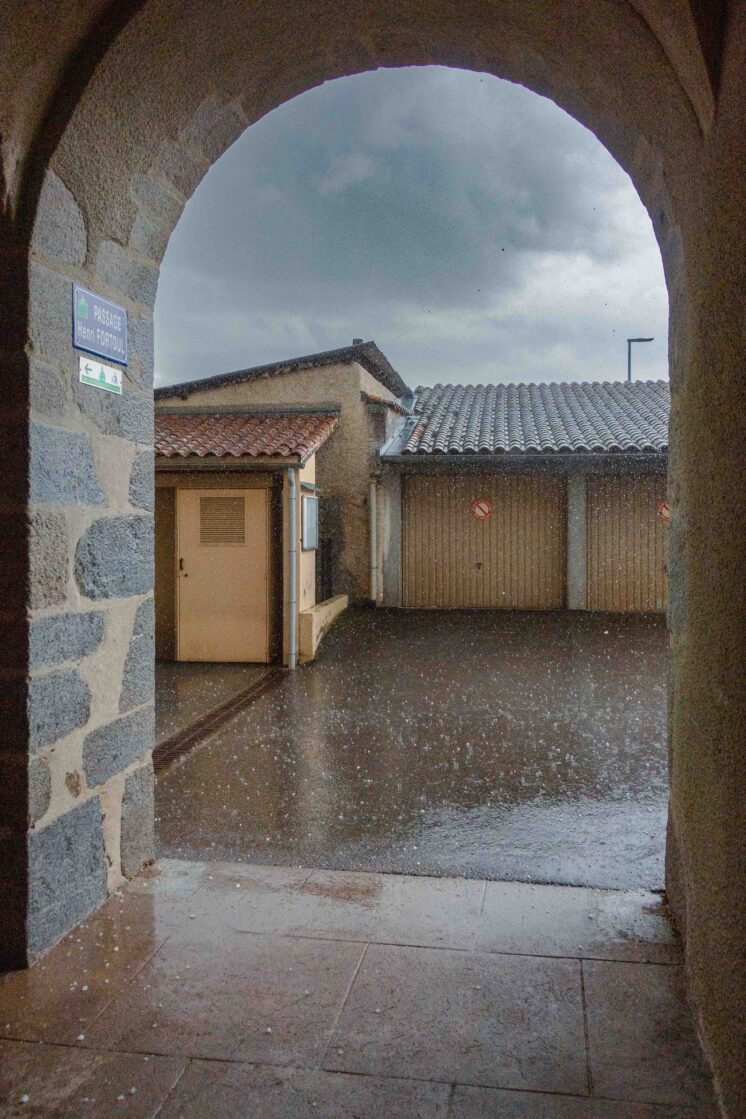
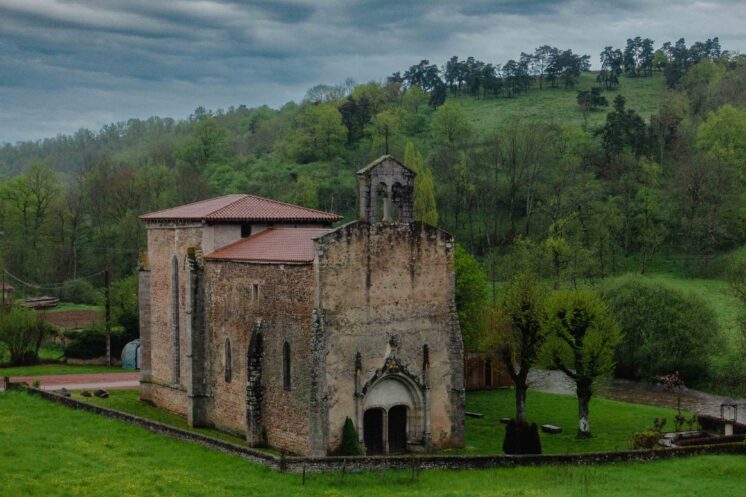
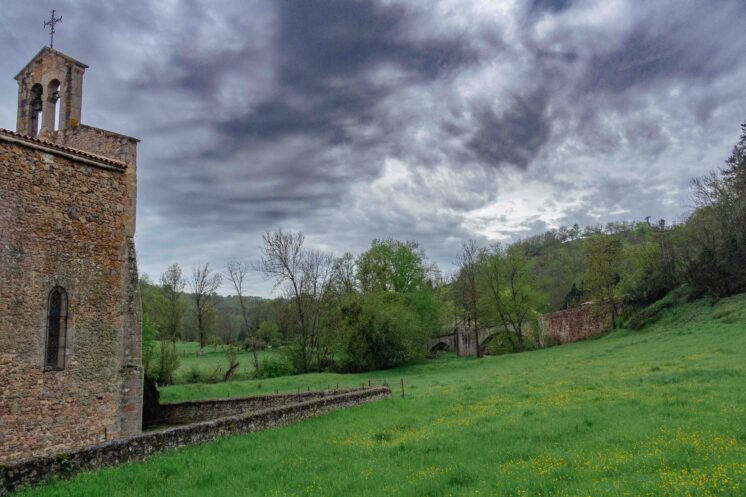
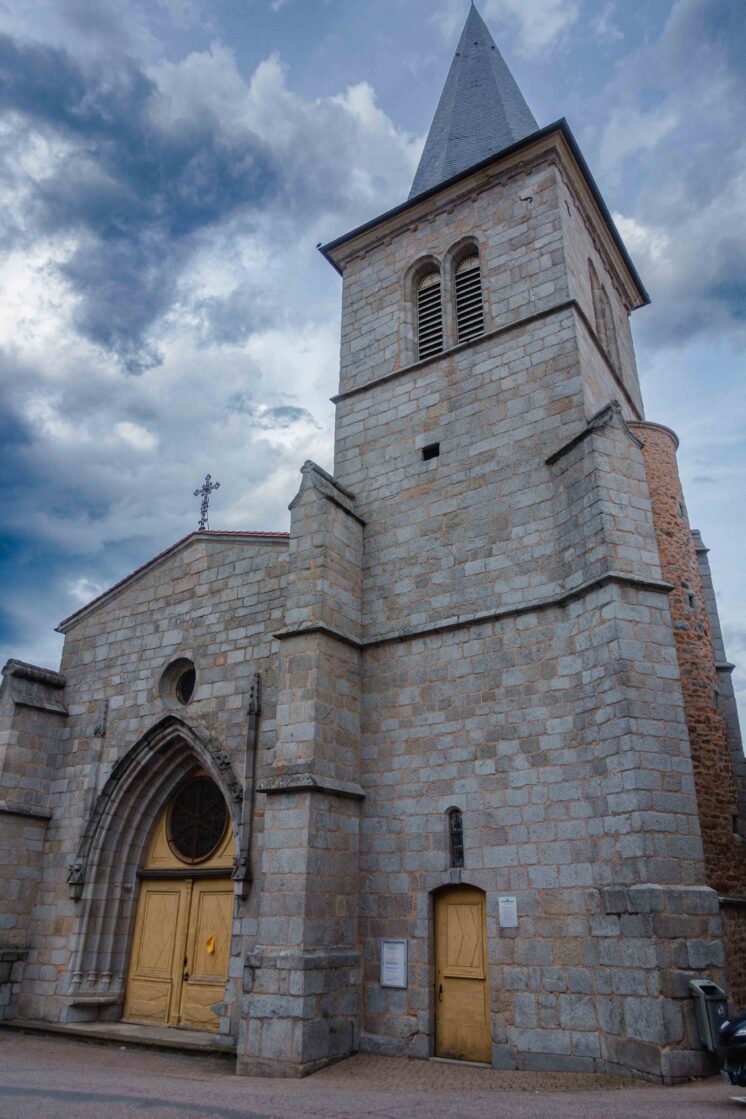
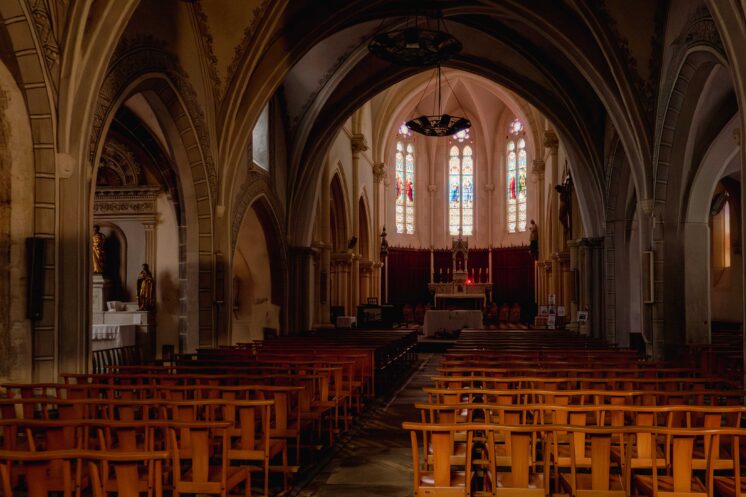
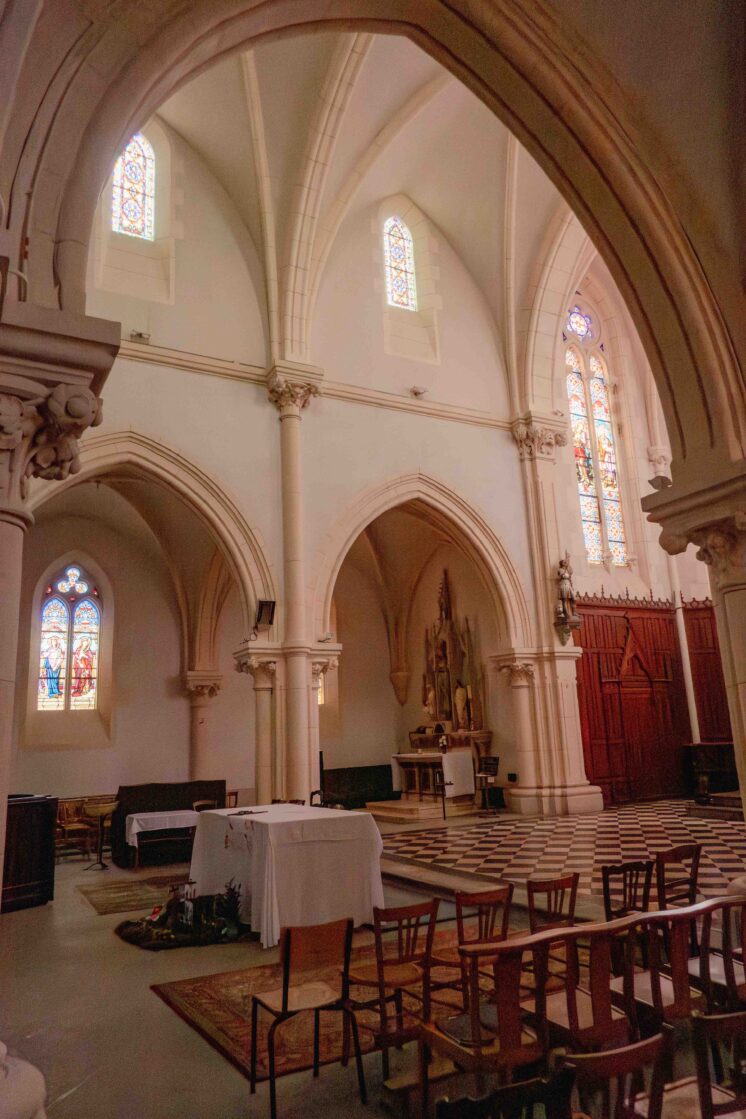
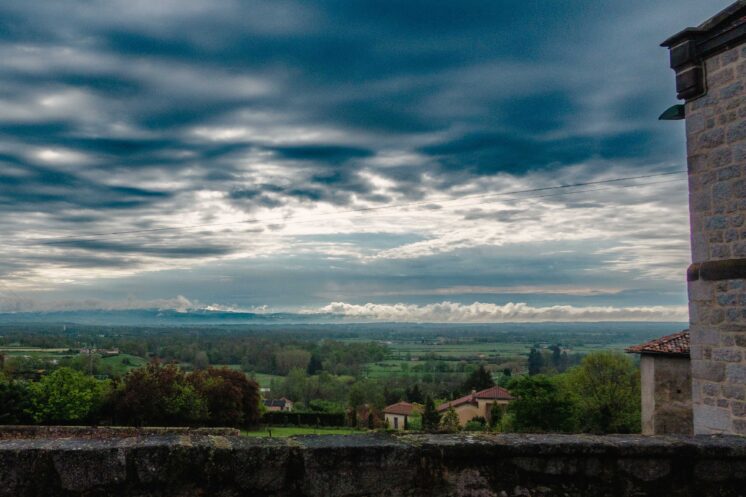
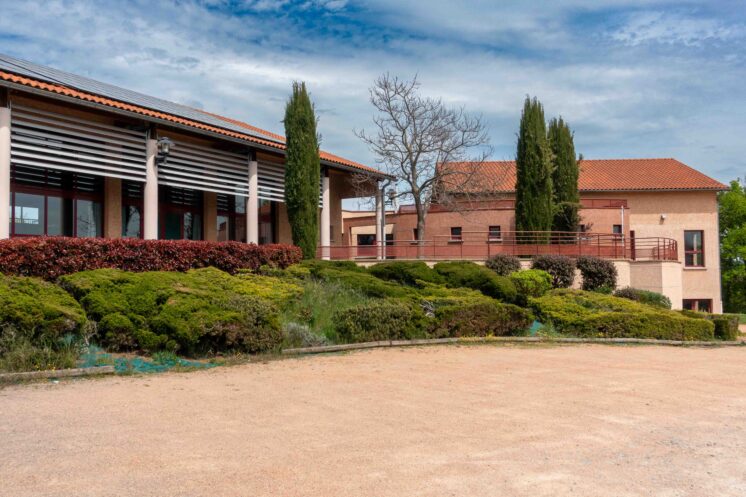
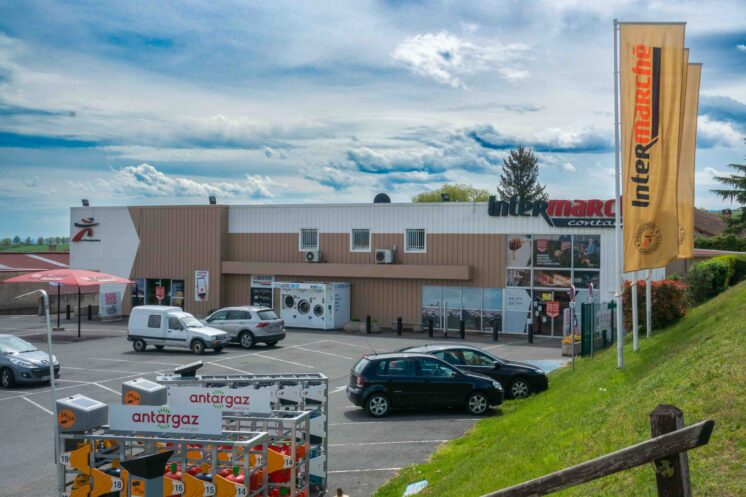
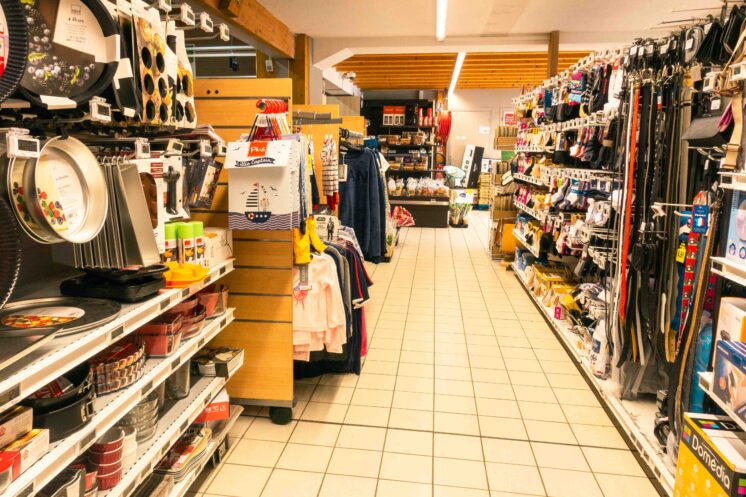

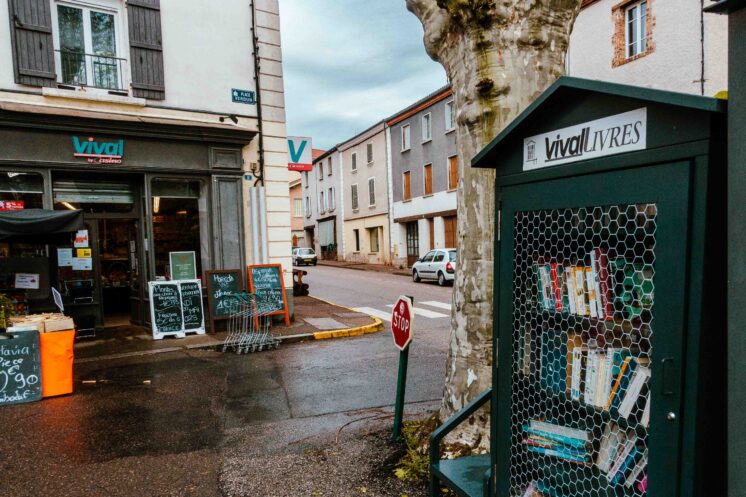
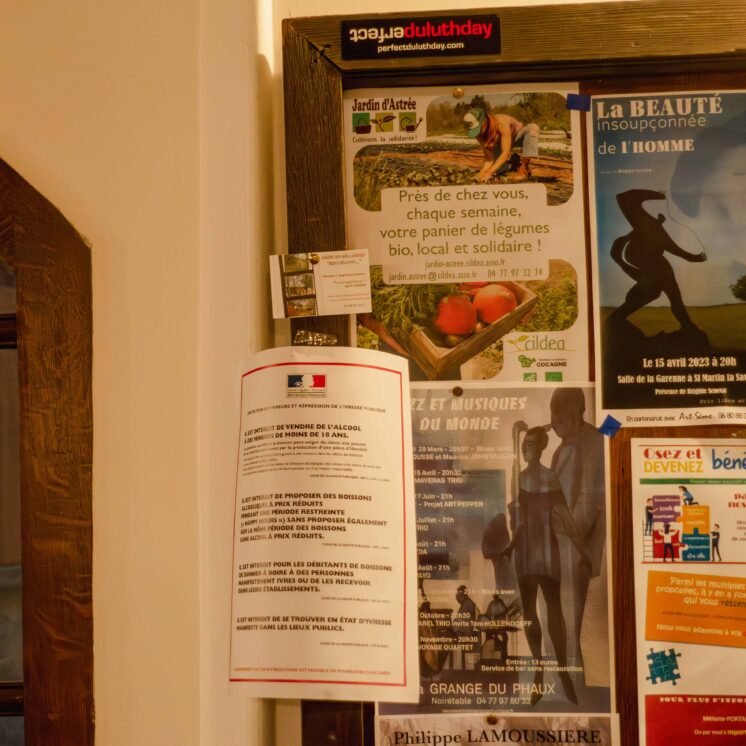
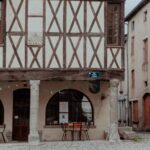
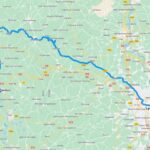
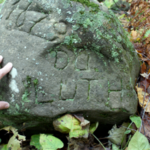









3 Comments
Dave B
about 1 year agoMashtato
about 1 year agoKodiak
about 1 year ago